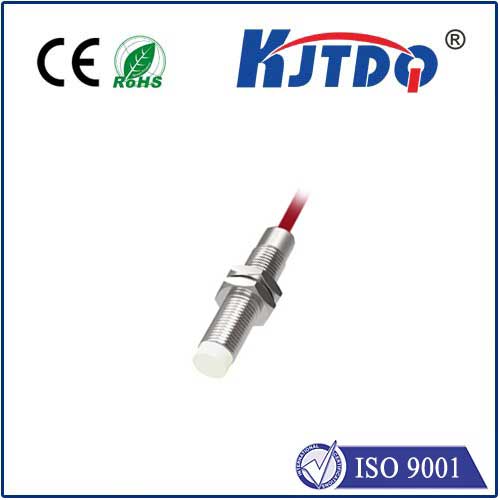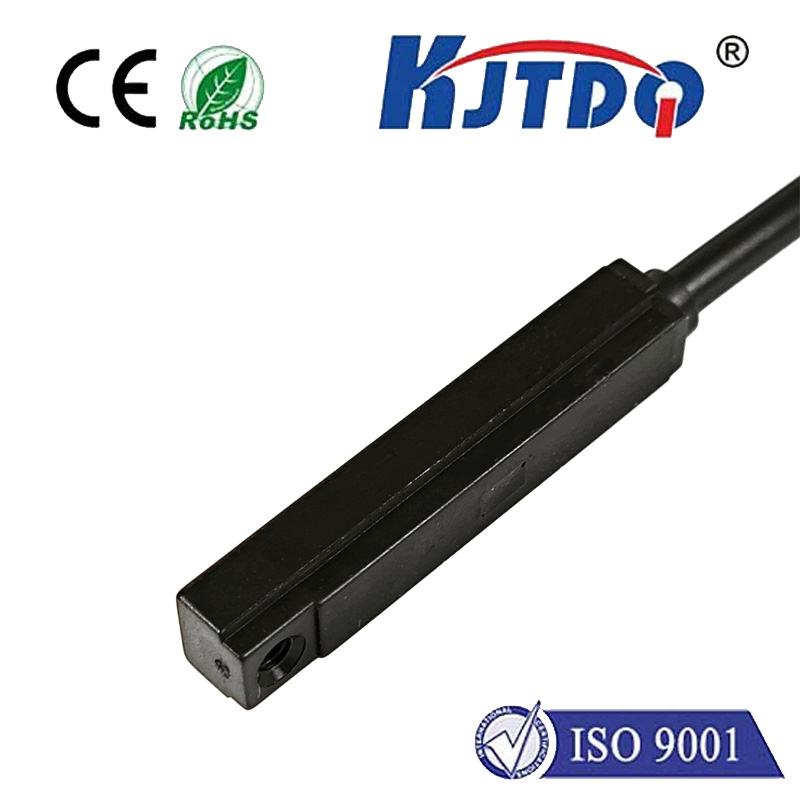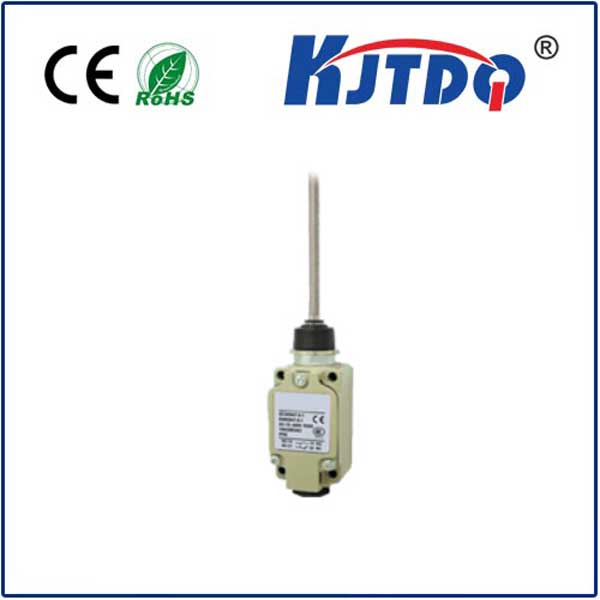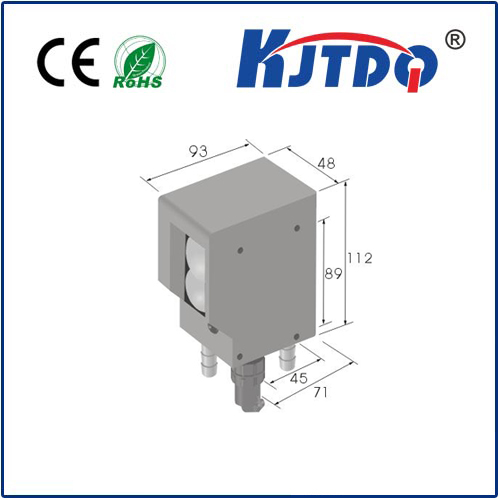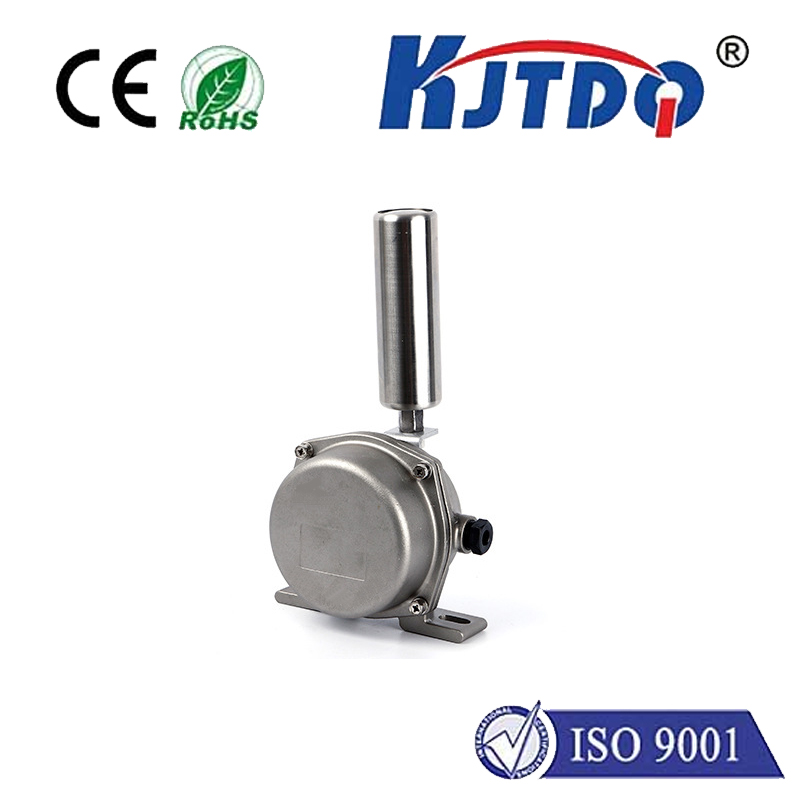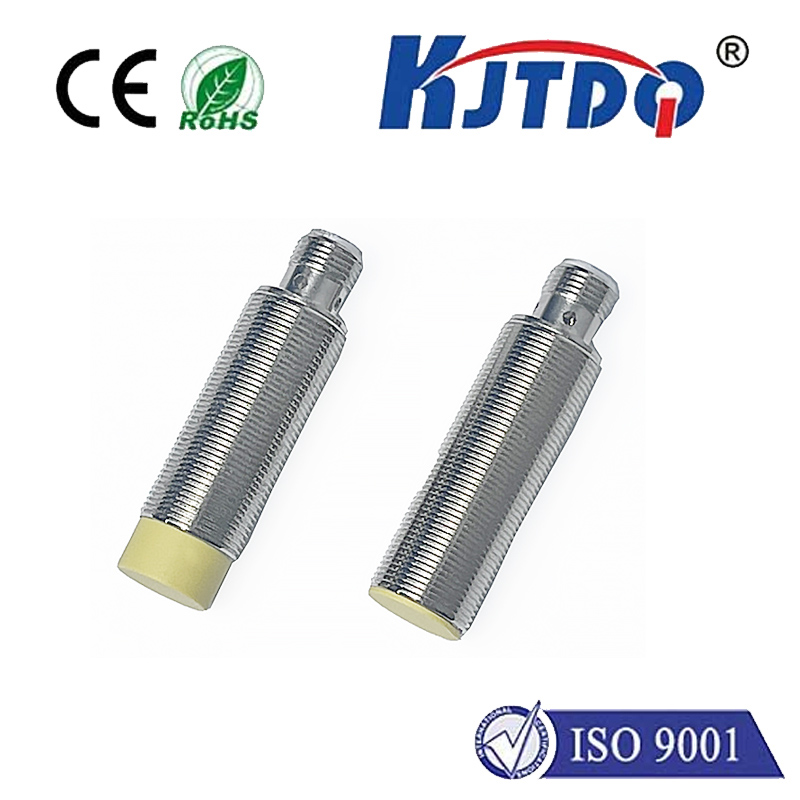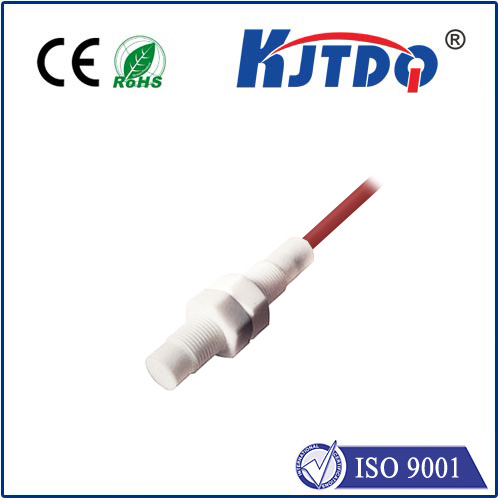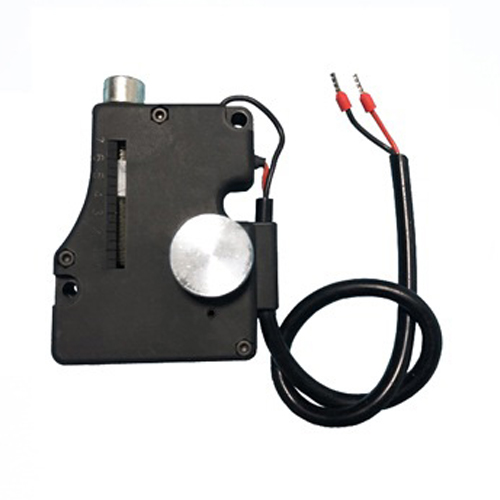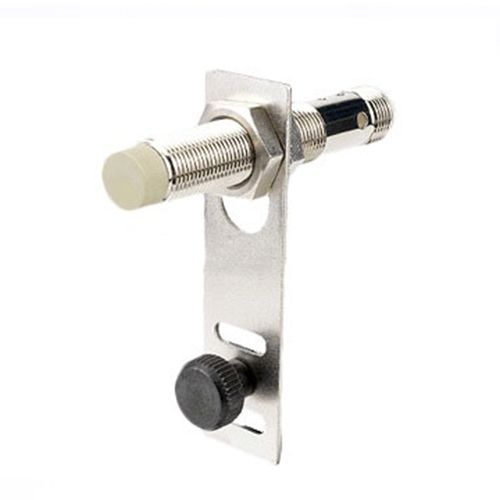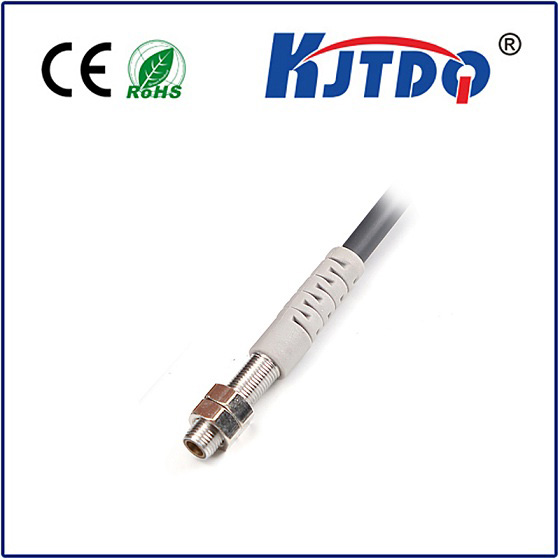magneto optical sensor
- time:2025-08-14 16:28:39
- Нажмите:0
Magneto-Optical Sensors: Revolutionizing Magnetic Field Detection
Invisible magnetic fields are fundamental forces shaping our modern world, from the electricity powering our homes to the data stored on hard drives. Accurately measuring these fields, however, presents unique challenges. Enter magneto-optical (MO) sensors – sophisticated devices offering a powerful blend of precision, isolation, and versatility. By harnessing the subtle interplay between light and magnetism, these sensors unlock capabilities difficult, if not impossible, to achieve with traditional electromagnetic coils or Hall effect sensors. They represent a critical leap forward in sensing technology.
The Core Principle: Light Meets Magnetism
At the heart of every magneto-optical sensor lies a fascinating physical phenomenon: the magneto-optic effect. This effect describes how the polarization state of light changes when it interacts with a magnetic field. The two most commonly exploited effects are:
- Faraday Effect: This occurs when light travels through a magneto-optically active material in the presence of a magnetic field parallel to the light propagation direction. The magnetic field causes the plane of polarization of the light to rotate linearly. The magnitude of this rotation is directly proportional to the strength of the magnetic field component parallel to the beam direction and the length of material traversed.
- Magneto-Optic Kerr Effect (MOKE): This manifests when light is reflected off the surface of a magnetic material. Depending on the setup (longitudinal, polar, or transverse), the applied magnetic field can cause changes in the polarization state (rotation, ellipticity) or intensity of the reflected light.
How an MO Sensor Works: Translating Magnetism into Light Signals

A typical magneto optical sensor translates these physical principles into a measurable electrical signal using a specific configuration:
- Light Source: A stable beam of polarized light, often from a laser diode or LED, is generated.
- Magneto-Optic Element: This is the core material where the interaction happens. Common choices include specialized ferrite garnets (like YIG - Yttrium Iron Garnet), thin films (e.g., Terbium Gallium Garnet - TbIG), or bismuth-substituted iron garnets (Bi:YIG). These materials exhibit a strong magneto-optic response. The target magnetic field is applied to this element.
- Polarization Analysis: After interacting with the magneto-optic element, the light beam’s polarization state has been altered. An analyzer component (another polarizer) is used to convert this polarization change into an intensity change. The intensity of light passing through the analyzer varies depending on the rotation induced by the magnetic field.
- Photodetector: The modulated light intensity is converted into an electrical signal by a photodiode or similar detector.
- Signal Processing: The electrical signal is amplified, filtered, and processed to provide an accurate and noise-resistant measurement proportional to the magnetic field strength.
Why Magneto-Optical Sensors? Key Advantages
- Galvanic Isolation: This is perhaps their most significant benefit. Because the light beam acts as the sensing medium, magneto optical sensors provide intrinsic electrical isolation between the sensor electronics and the magnetic field source. This is absolutely critical (and often mandated by safety standards) for measuring high voltages or currents, preventing dangerous ground loops and protecting sensitive equipment and personnel. Isolation is inherent and robust.
- High Bandwidth: MO sensors can respond extremely quickly to changes in magnetic fields, often operating well into the MHz range or beyond. This high-frequency response makes them ideal for dynamic measurements like switching transients in power electronics, current pulses, or high-speed data storage applications.
- High Sensitivity and Resolution: Modern magneto-optical materials and sensitive detection schemes allow these sensors to detect very small magnetic fields with excellent resolution. Precision down to microtesla or even nanotesla levels is achievable in optimized designs.
- Non-Contact Measurement: They measure the magnetic field remotely via the light beam. This avoids the need for physical contact with the conductor carrying high current, minimizing interference and simplifying installation in challenging environments.
- Directional Sensitivity: Depending on the configuration (e.g., utilizing Faraday rotation), they can be inherently sensitive to the direction of the magnetic field component parallel to the light path.
- Wide Temperature Range: The core physical principles are relatively stable over temperature, and specific material choices allow magneto optical sensors to operate reliably in harsh environments, from industrial settings to aerospace applications.
- Immunity to EMI: The optical signal transmission is largely immune to electromagnetic interference that can plague wired sensors.
Where Magneto-Optical Sensors Shine: Diverse Applications
The unique advantages of magneto optical sensors drive their adoption across numerous fields:
- Electrical Power Systems & Smart Grids:
- Non-contact current sensing (especially for high-voltage AC/DC applications).
- Monitoring in switchgear, transformers, and circuit breakers.
- Fault detection and power quality analysis.
- Precision measurement in harsh substation environments with high EMI.
- Industrial Automation & Drives:
- Isolated current feedback for high-power motor drives and inverters.
- Real-time motor condition monitoring.
- Sensing position or speed via magnetic markers.
- Scientific Research & Metrology:
- Precise mapping of static and dynamic magnetic fields in laboratories.
- Characterization of magnetic materials.
- Low-field detection for geophysics or fundamental physics experiments.
- Data Storage:
- Reading data bits magnetically stored on hard disk drives (HDDs) using the magneto-optic Kerr effect.
- Investigation of magnetic domains at microscopic scales.
- Medical Diagnostics:
- Research and development in biomagnetic imaging (e.g., magnetocardiography - MCG, magnetoencephalography - MEG), though specialized cryogenic sensors are often used here.
- Potential future use in sensitive diagnostic tools.
- Automotive & Aerospace:
- Isolated current monitoring in electric and hybrid vehicles (traction inverters, battery management).
- Sensing position in electrically noisy engine compartments.
- Aerospace power distribution monitoring.
The Future: Towards Smaller, Smarter, More Sensitive MO Sensors
Research and development in magneto-optical sensing is vibrant. Key trends include:
- Integration and Miniaturization: Developing highly integrated, potentially chip-scale MO sensors using planar waveguide technologies and thin-film materials.
- Enhanced Materials: Discovering or engineering new magneto-optic materials with larger rotation angles (Verdet constants) and lower temperature sensitivity to boost performance.
- Multifunctionality: Integrating MO sensing with other functions on a single platform.
- Improved Signal Processing: Leveraging advanced digital signal processing (DSP) and noise reduction techniques to push sensitivity limits and compensate for environmental factors.
- Cost Reduction: Driving down manufacturing costs to broaden accessibility beyond high-end applications.
Magneto-optical sensors have evolved from specialized laboratory instruments into essential tools for modern engineering and science. By offering unparalleled Изоляция, high bandwidth, and exceptional sensitivity, they address critical measurement challenges that other technologies struggle with. As materials science, optics, and electronics continue to advance, magneto optical sensors are poised to play an even greater role in enabling safer, more efficient, and more intelligent systems across the technological spectrum. Their unique ability to see magnetism with light provides a vital window into the invisible forces powering our world.

